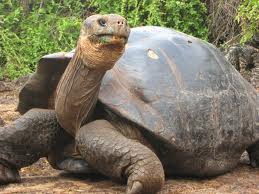Fauna of Galapagos
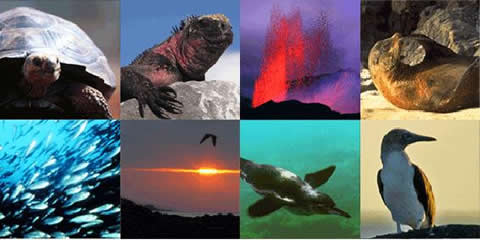
We've been asked many times which animals can be seen on the galapagos islands. We are proud to present you the most popular animals that can be seen on this unique islands.
|
|
The Galapagos Tortoise (Testundinidae): You can't go to these islands without falling in love with these funny, pre-historic creatures. All turtles found on the islands belong to the group Geochelone elephantopus. |
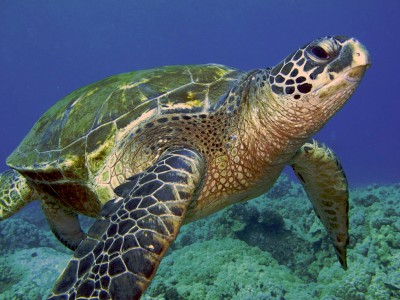 |
The Marine Turtle (Cheloniidae): This graceful animal is astounding to watch while snorkeling or diving. The pacific green sea turtle is the only resident marine turtle of the Galapagos. |
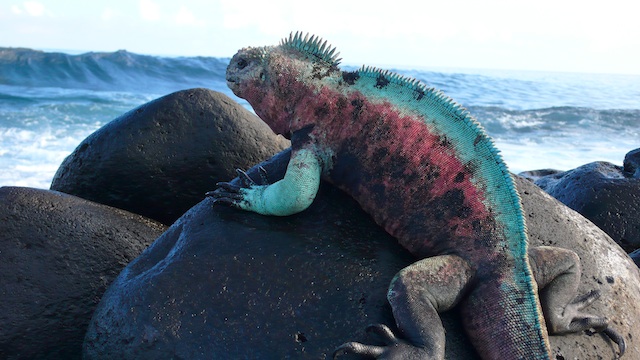 |
Marine Iguanas (Iguanidae): The moment you arrive, you'll be tripping over these creatures. This is the only lizard in the world that lives in the ocean, and the three species seen on the islands are endemic. It's brilliant to see them when they're mating, as their black skin turns bright red when the iguanas want to attract a mate. |
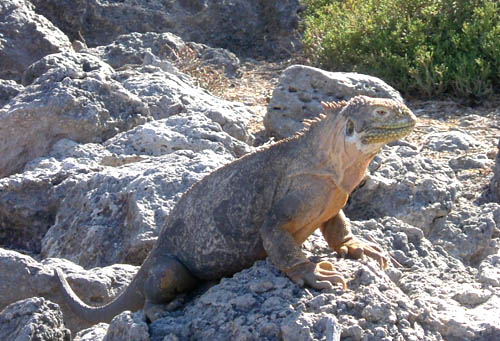 |
Land Iguanas (Iguanidae): Also endemic to the islands, these colorful creatures are nothing short of spectacular. They prefer prickly pear cactus, standing on their hind legs to reach the flowering plant. They have a leathery, tough tongue and don't need to remove the spines from the cactus before eating. |
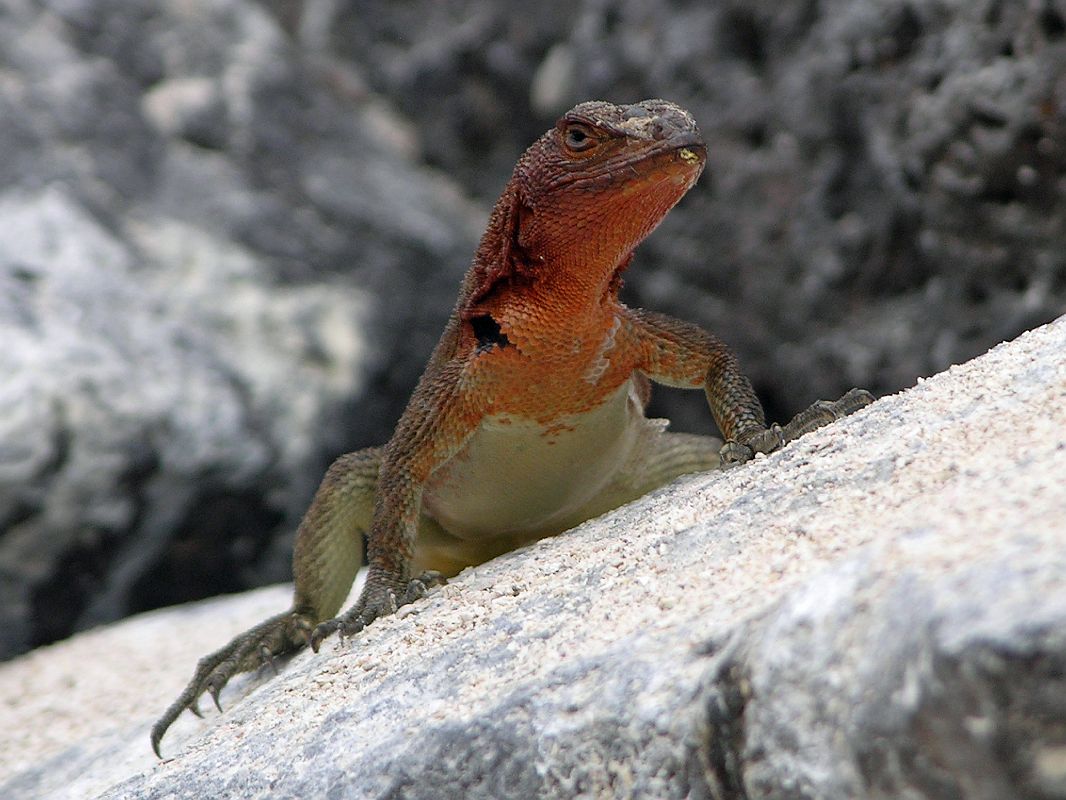 |
Lava Lizards (Iguanidae): Not as big or brilliant, but just as interesting, are these endemic lizards found virtually everywhere on the islands. They sometimes have a splash of orange or red decorating their chin and look like they're doing pushups when showing off for a lady lizard. There are 7 species on the islands. |
| · |
It's impossible to leave the islands without becoming an avid bird watcher! The Galapagos Islands are famous for the great variety of bird life and how they evolved.
|
 |
The Cormorant (Phalacrocoracidae): The only flightless cormorant in the world! Over years, it evolved into a great swimmer, losing the capacity to fly. It's well worth the time and trip to see this amazing torpedo in the water. |
 |
Penguins (Spheniscidae): This is the only penguin found in equatorial waters - warm waters. It's the most notherly penguin in the world, as the rest are found in the Southern Hemisphere. Isla Isabela and Fernandina have the most penguins, but if you're lucky, you might catch a glimpse of a small colony at Bartolome. |
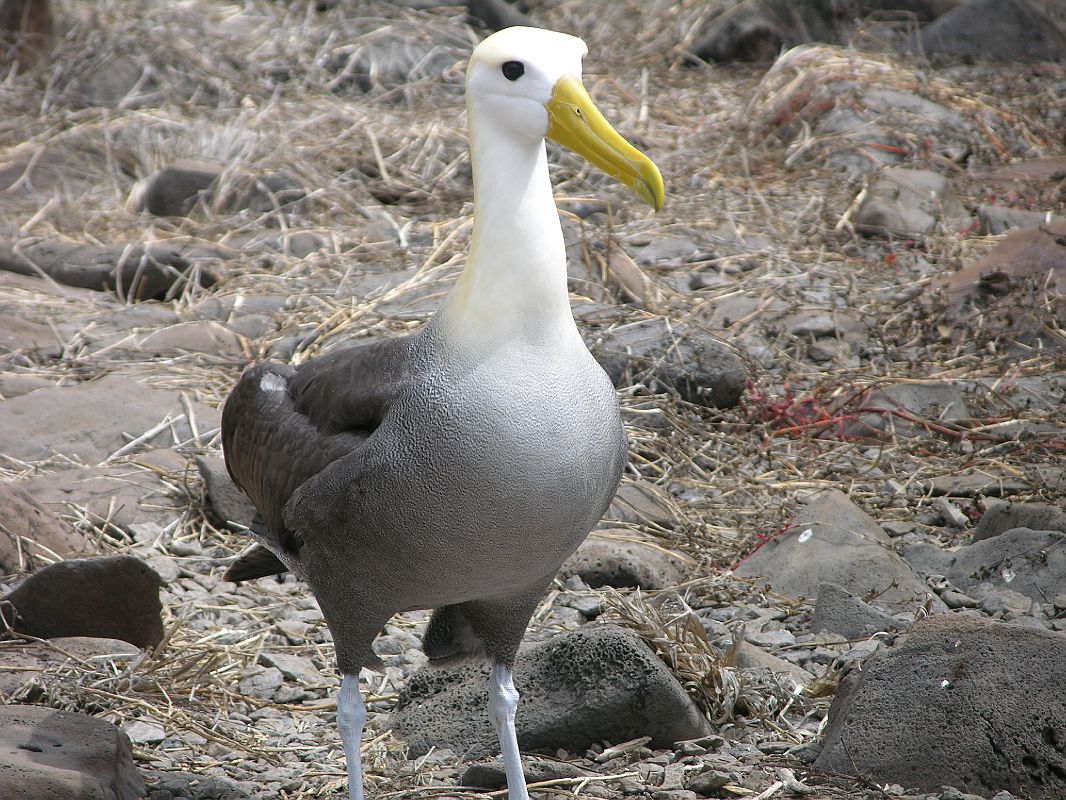 |
The Waved Albatross (Diamedeidae): The waved albatross is a resident of the Galapagos, and if you make it to the islands from April to December, it can be seen on Isla Santa Cruz. Absolutely graceful in the air, it can be away for months and even years at sea without touching land. |
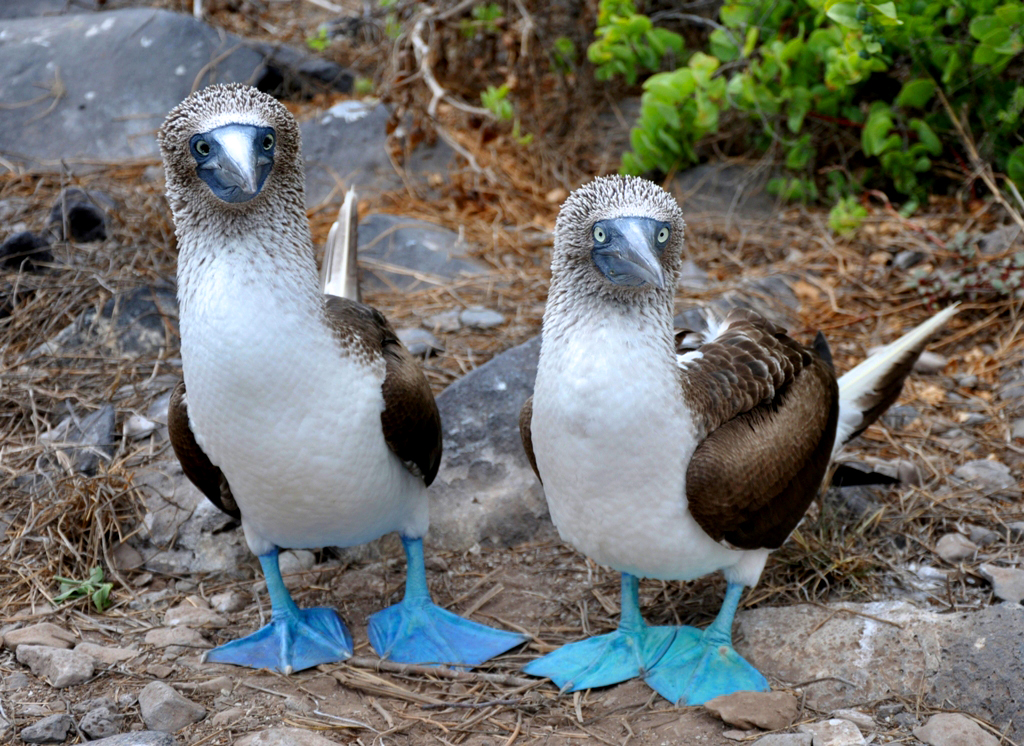 |
Boobies (Sulidae): Blue-footed, red-footed, and masked boobies can be found on most islands in the archipelago - the blue-footed and masked being the most commonly seen. They're incredible divers, plunging to a depth of 8 meters to catch their prey. One of our favorite memories of the Galapagos is snorkeling when one of the boobies dived into the water less than 3 meters in front of us and caught a fish. They're colorful, interesting, and fun to watch (especially during their courtship display!). |
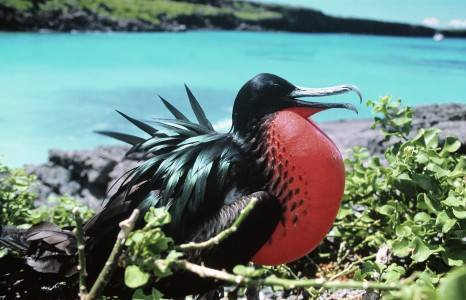 |
The Frigatebird (Fregatidae): These scoundrels don't like to do much fishing, and so you can see them trying to distract boobies and other birds to snatch the prey caught by others. They are most spectacular during courtship when the male bird inflates the flap of bright-red skin found under his beak. It looks like a great red ballon and is stunningly colorful. |
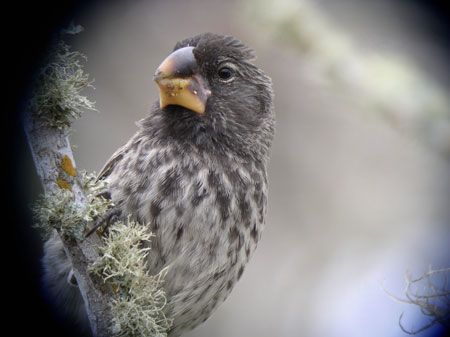 |
The Famous Finches (Fringillidae): What would the Galapagos be without Darwin's finches? Keep your eyes open because they are found everywhere and might even eat right out of your hand! There are 13 endemic species differentiated by the size and form of their beaks. |
| · |
It's a fun task to try to identify them after being there a while, though not easy! Other birds to look for ar e the flycatchers, swallows, gulls, terns, oystercatchers, hawks, flamingos, pelicans, tropicbirds, herons and more!
|
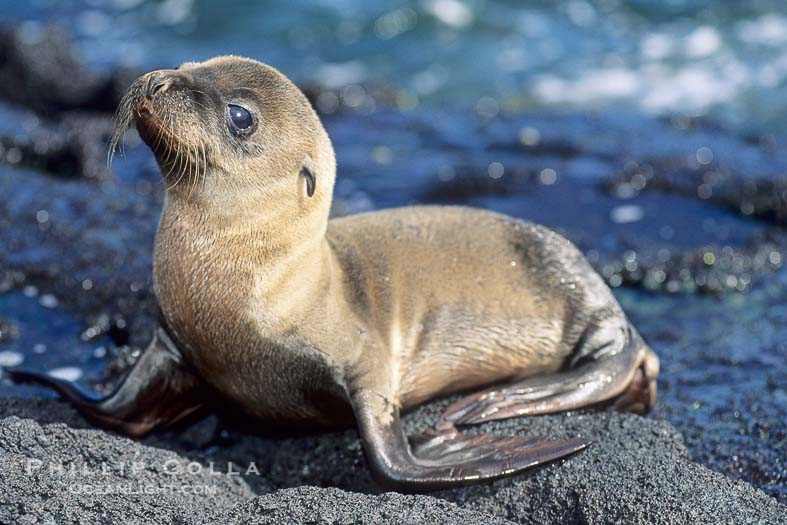 |
Mammals on the Galapagos include to species of bat, two endemic rice rat species and its most famous mammals - the Galapagos sea lion and fur seal. You will never tire of seeing these playful, beautiful creatures swim through the waters and waddle on land. Be sure not to touch the babies, though, because the mother's recognize their young by scent, and sun-screen, deodorant and human odors can camoflage the scent, leaving the baby motherless.· |
| · |
· Under the sea is a world rich with tropical fish, corals, sharks, eels, rays, dolphins and more.
SINTAXIS TEAM www.sintaxis.net
|




